Apricot Recipes for Eating More of This Very Healthy Fruit
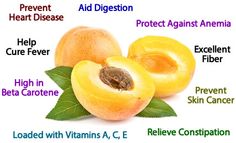
Apricot season is here, and happy day! This fruit is so good and so good for you. For instance, take a look at these health benefits:
Improved eyesight: Apricots are loaded with vitamins A, C, and E—the vision vitamins. And besides calcium, iron, and potassium, apricots also contain vision minerals—copper and zinc. Health researchers at list apricots as one of the top foods for promoting healthy vision.
Reduced inflammation: Apricots are considered a top contender when it comes to anti-inflammatory foods. Apricots are rich in nutrients called catechins, which prevent inflammation. Catechins, the same anti-inflammatory compounds found in green tea, reduce inflammation and support healthy muscles. Minimize or eliminate internal inflammation and you protect your overall health. Isn’t it nice to know you can protect yourself from the diseases inflammation promotes (such as arthritis and heart disease) by enjoying such a delicious food?
Better digestion: Apricots contain both soluble and insoluble fiber. We all know that fiber protects against constipation. But did you know that fiber also helps improve your gut flora by feeding the good bacteria that’s needed to properly digest food? Apricots are a true friend to intestinal probiotics; a single apricot provides one gram of fiber, and you get three grams from a one-cup serving. Three grams may not sound like much, but that’s 12 percent of your daily fiber needs.
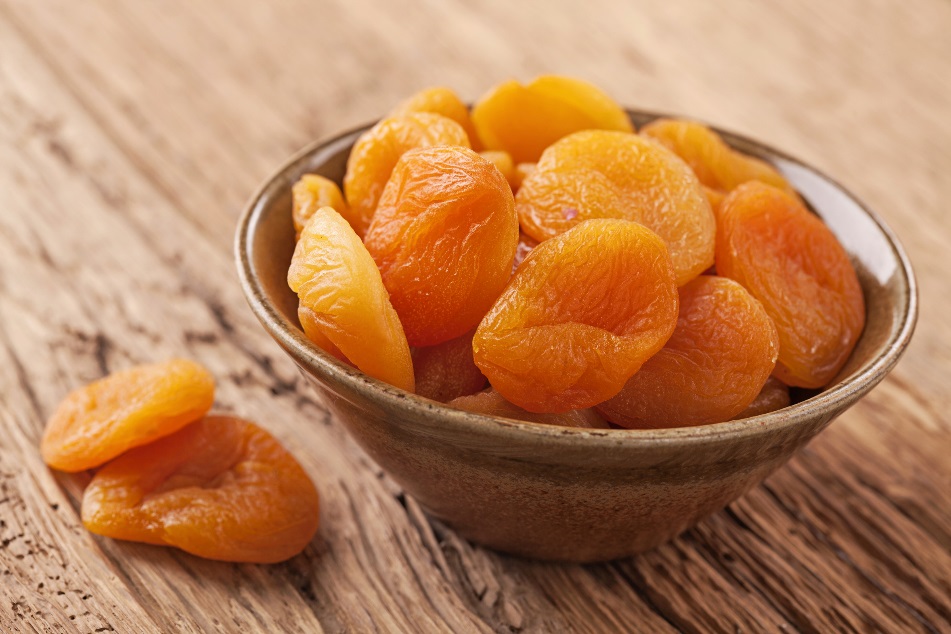
And besides being one of the healthiest fruits there is, they’re also one of the most versatile. They are exceptional raw, they’re delicious stewed, they’re yummy when baked into things, and they’re a favorite when dehydrated. Who doesn’t love the chewy goodness of a dried apricot?
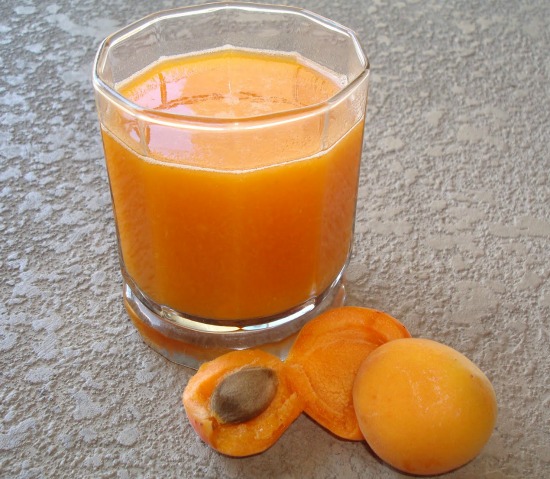
They’re a favorite fruit at our house. Besides just eating out of hand, I like to lightly stew them and then blend them (skins and all) with orange or pineapple juice to make one of the most delicious nectars in the world. I freeze quarts of this nectar for use throughout the year.
We also like them diced and folded into honey-sweetened plain Greek yogurt. Or for a quick dessert, I’ll chop and mash them to use as a topping on vanilla ice cream.
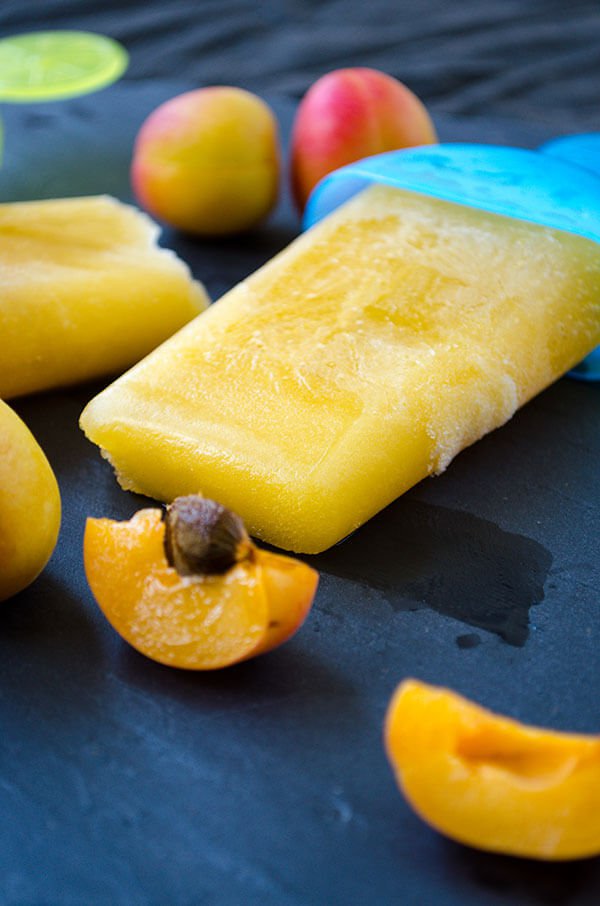
Apricots are also a delicious addition to green smoothies or fruit salads. And apricot popsicles can’t be beat! To make, just puree several raw apricots (include the skins) with a dash of lemon juice (to prevent browning) and some raw honey, to taste. Pour this mixture into your popsicle molds and freeze.

My only complaint about apricots is that the season is so short. And where we live, it’s common for an early warm spell followed by a nasty cold spell (often bringing snow) that causes the blossoms to fall, and so we lose our local apricot crop. Grrrrr. So too often we have to rely on apricots. But hey, we love ‘em so much, we’ll take ‘em from wherever!
Well, with this health pitch and list of suggested uses, how about I close with a couple unusual apricot recipes? First is Raw Apricot Jam. Apricot jam is nothing new, but this no-cook version is refined sugar-free. And a bonus: No cooking means you can make this jam without standing over a hot stove in the middle of summer! And lastly, an apricot bar that may well knock you socks off! And between now and the next newsletter, go get some apricots. We need to eat more of this healthy fruit, but hurry, the season is short!
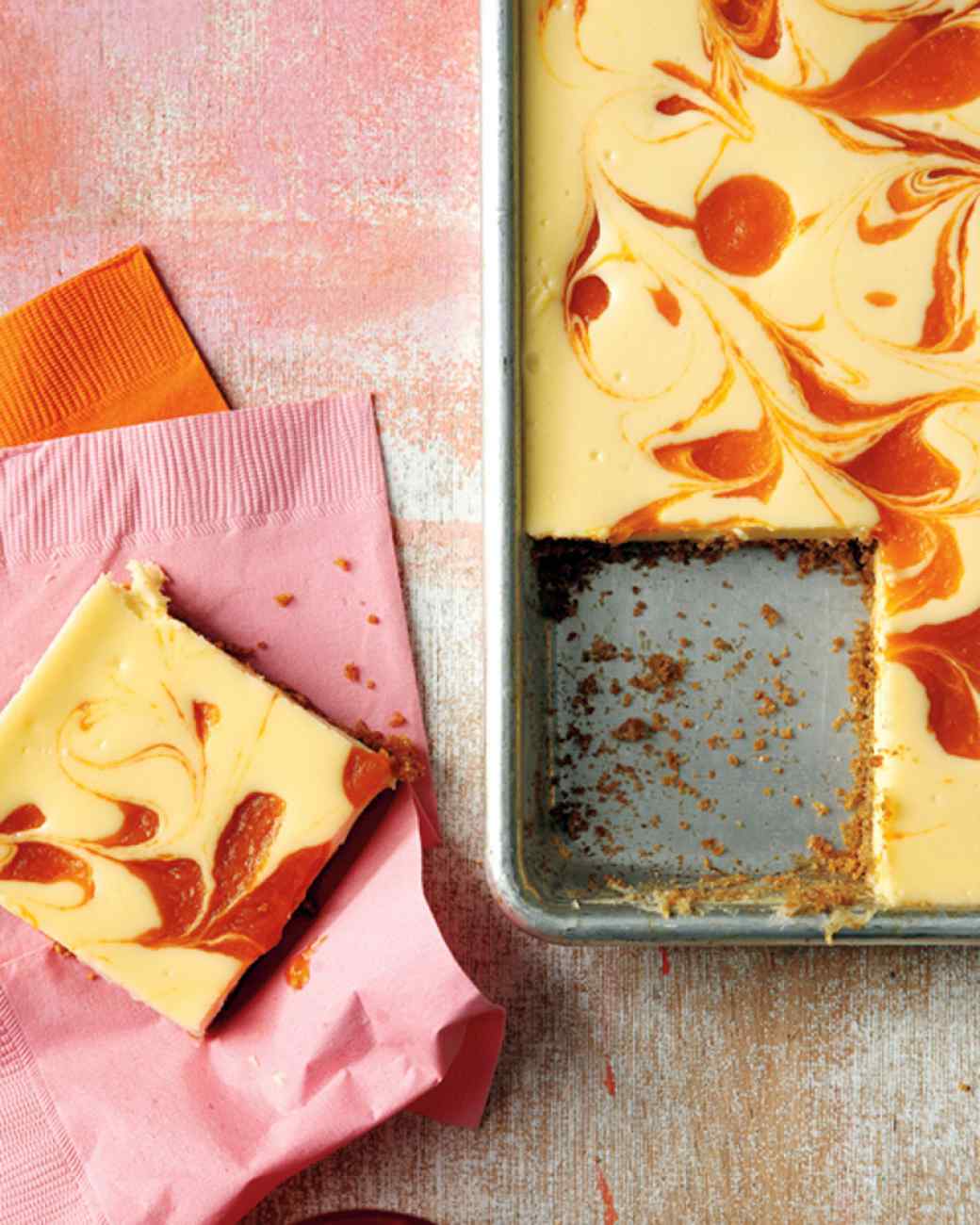
APRICOT CHEESECAKE BARS (courtesy of Martha Stewart, www.marthastewart.com)
18 graham crackers
1 cup plus 2 tablespoons sugar
Coarse salt
1/2 cup unsalted butter, melted
10 ounces apricots (about 4), halved, pitted, and cut into eighths
1 tablespoon fresh lemon juice
2 packages (8 ounces each) cream cheese, room temperature
1/2 cup sour cream, room temperature
1/2 teaspoon pure vanilla extract
2 large eggs, room temperature, lightly beaten
Preheat oven to 350 degrees. In a food processor, process graham crackers, 2 tablespoons sugar, and 1/4 teaspoon salt until fine crumbs form. Transfer to a medium bowl and stir in melted butter until crumbs are moistened. Wipe processor bowl clean. With a flat-bottomed 1-cup measure or glass, press crumbs evenly into a 9-by-13-inch baking pan. Bake until crust is firm, 15 minutes. Let cool on a wire rack. Reduce heat to 325 degrees.
In a small saucepan, bring apricots, 1/4 cup sugar, and pinch of salt to a boil over medium-high, stirring, until sugar dissolves. Reduce heat and simmer, stirring frequently, until mixture is shiny, 10 minutes. In food processor, puree apricot mixture, lemon juice, and 1 tablespoon water.
In a large bowl, using an electric mixer, beat cream cheese and sour cream on medium until smooth. Add 3/4 cup sugar and beat until smooth. Add vanilla and pinch of salt and beat to combine. Add eggs and beat until smooth, scraping down bowl as needed. Pour cream-cheese mixture into cooled crust and smooth top.
Randomly drop small spoonfuls apricot puree on cream-cheese mixture. With a skewer or thin-bladed knife, gently swirl the puree. Bake just until set, about 25 minutes. Let cool slightly in pan on rack, then refrigerate until chilled and firm before cutting into squares, 2 hours.
NOTE: Other crusts work well, such as a pretzel or crumbled sugar cookie crust. Get creative and think outside the graham cracker crust box!
- www.science-all.com
- www.blog.doctoroz.com
- www.onejive.com
- www.giverecipe.com
- www.davesgarden.com
- www.unconventionalbaker.com
- www.marthastewart.com
 Alice Osborne
Alice Osborne
Weekly Newsletter Contributor since 2006
Email the author! alice@dvo.com
